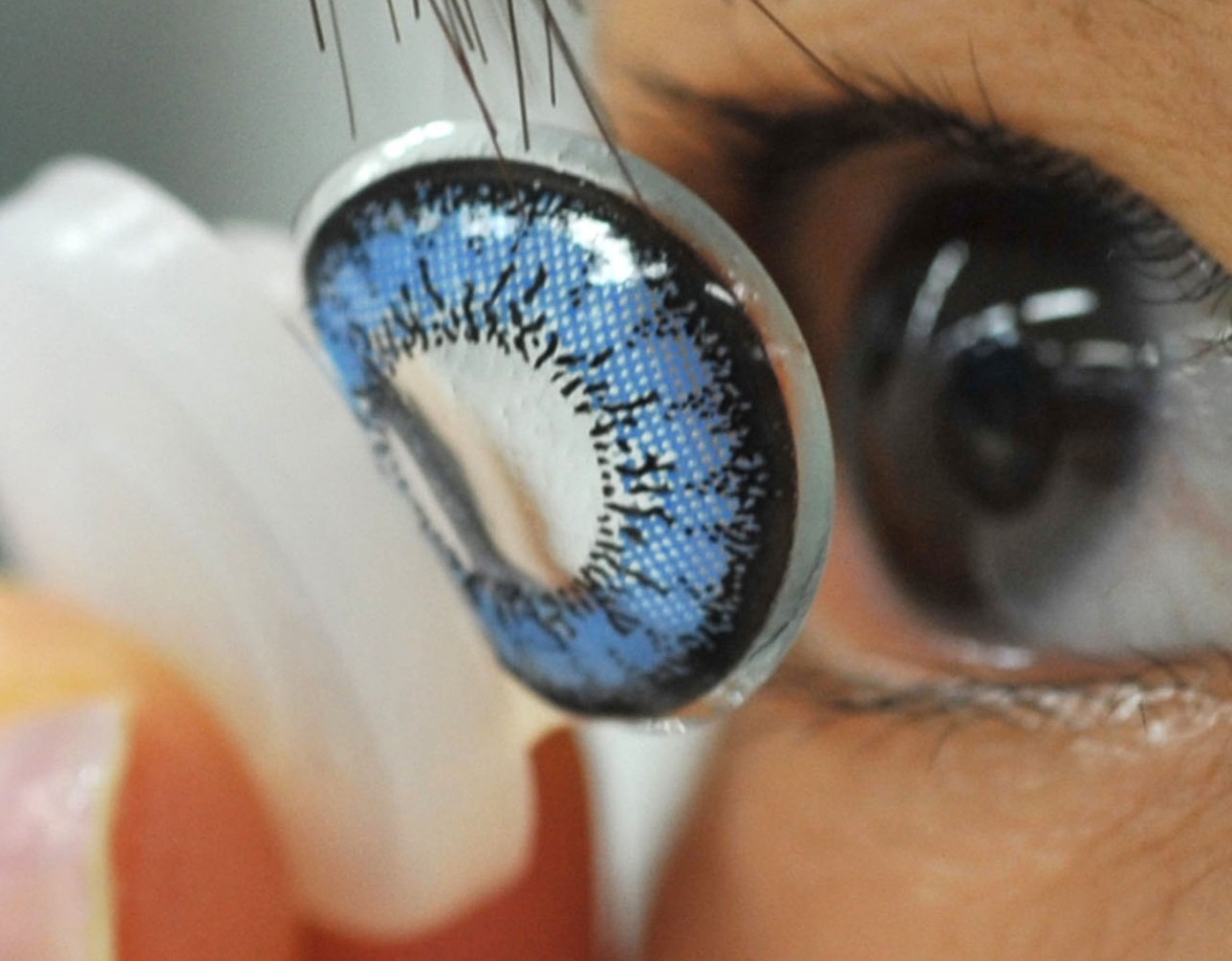
Headache, eye strain, blurred vision and occasional dizziness are symptoms that are common in both farsightedness & presbyopia. Ironically enough, both of the conditions show similar signs but are actually very different. Although both the medical conditions lead to difficulty seeing nearer objects, presbyopia is more age related. Let’s find out if you are suffering from farsightedness (hyperopia) or is it Presbyopia. Fortunately, the two conditions can now be treated using vision correction contact lenses.
What is Farsightedness or Hyperopia?
Farsightedness is an eye condition in which an irregularly shaped eye prevents light rays properly lining up with retina. When a patient is hyperopic, he feels difficulty seeing closer objects than the objects placed at a distance. Farsightedness can affect just any one regardless of the age bracket. Even babies can be farsighted.
Today, farsightedness is treated with both spectacles & contact lenses. A comprehensive eye exam tests health of eyes for possible deterioration that leads to irreversible vision loss such as diabetes retinopathy, macular degeneration & glaucoma. An optometrist after performing a combination of tests prescribes vision correcting contact lenses & fit them on site to eliminate refractive index errors.
What is Presbyopia & how is it Treated?
Presbyopia is an age related vision impairment caused by a condition where the lens of eye loses its elasticity. As a result, patient finds it difficult to focus on the objects placed near. In order to see clearly, patients squint and hold reading material at arm’s length to help his eyes focus. Over all fatigue, eye strain, blurred vision accompanied by headache are common symptoms.
Earlier, Presbyopia was treated only using bifocal eye glasses but today there are many ways to correct Presbyopia using glasses, contact lenses or even surgery.
Contact Lenses for Presbyopia
A patient with Presbyopia loses his ability to focus on the closer objects while being able to see the objects placed at a distance. Presbyopia is an age related disorder and usually hits after 40. It affects everyone even if you never had vision problems. Apparently, you cannot prevent Presbyopia as it is the part of natural ageing process.
For centuries Presbyopia has been treated with bifocal glasses but many patients feel unhappy about wearing Bifocals. Bifocal glasses have two different powers, where the top of the lens corrects distance vision and the bottom corrects vision for closer objects. Patients with Presbyopia also notice difficulty focusing as vision switches from far to near and vice versa.
Fortunately, both soft and GP contact lenses can now correct Presbyopia. Similar to bifocal glasses, bifocal contact lenses have two prescriptive powers. Multi focal contact lenses are also available that treat distance vision, near vision & intermediate vision.
Monovision contact lenses is also an option to see clearly with Presbyopia. When using mono vision contact lenses, patients wear one lens with near vision correction and the other to correct far vision. Or on the other hand, you can wear contact lenses for distance vision in both eyes paired by glasses to focus up close objects.
No matter how preventative you have been, Presbyopia happens gradually with age. It is a progressive medical condition thus keeping your prescription updated is really important. Regular eye exams can help you see clearly with worsening Presbyopia. Get vision correction contact lenses at the fraction of a cost & enjoy free shipping when you place order worth $50.


